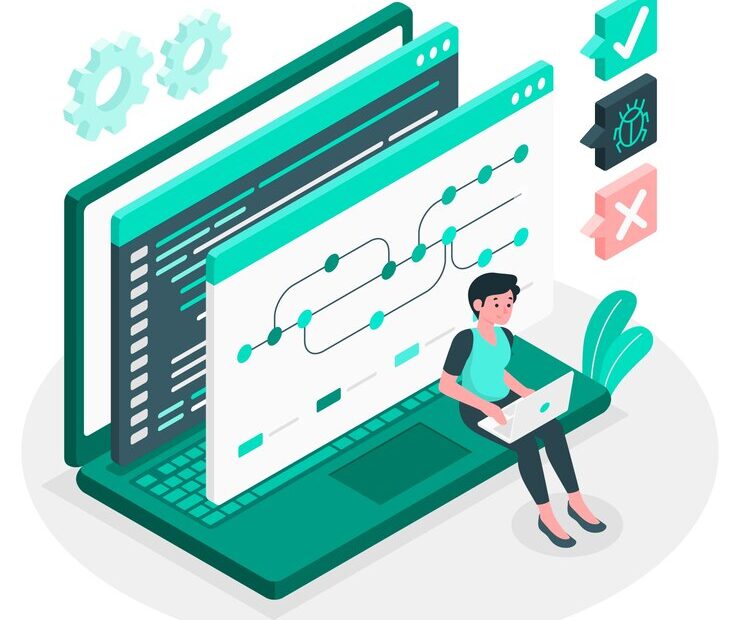Writing maintainable code is essential for ensuring the longevity, readability, and robustness of your software projects. Clean code is easier to understand, debug, and extend, while maintainable code reduces the cost and effort required for future modifications. Here are the best practices to help you achieve clean and maintainable code.
Enozom is a leading software development company that prioritizes the principles of writing clean and maintainable code to deliver high quality solutions to its clients. By adhering to best practices such as consistent coding styles, meaningful naming conventions, concise functions, and effective error handling, Enozom ensures that its codebases are robust, readable, and scalable.
1. Follow a Consistent Coding Style
Adopting a consistent coding style across your project helps maintain uniformity, making the code easier to read and understand. Use style guides and linters appropriate for your programming language, such as PEP 8 for Python or ESLint for JavaScript. Consistency in naming conventions, indentation, and formatting plays a significant role in code readability.
2. Write Meaningful Variable and Function Names
Names should be descriptive enough to convey the purpose of the variable or function. Avoid single-letter names or overly abbreviated names unless they are widely understood (e.g., i in a loop).
3. Keep Functions and Methods Short
Functions should be small and perform a single task. This makes them easier to test, understand, and reuse. Aim for functions that do one thing and do it well.
4. Use Comments Sparingly and Wisely
Comments should explain why something is done, not what is done. Over commenting can make the code harder to read, while under commenting can make it difficult to understand the purpose behind certain decisions.
5. Avoid Code Duplication
Duplicated code makes maintenance harder and increases the risk of bugs. Use functions, classes, and modules to reuse code effectively.
6. Implement Proper Error Handling
Effective error handling improves the robustness of your code. Use exceptions to manage errors and provide meaningful messages to help debug issues.
7. Write Unit Tests
Unit tests validate that your code works as expected. Writing tests helps catch bugs early and ensures that new changes do not break existing functionality. Use testing frameworks like pytest for Python or Jest for JavaScript.
8. Use Version Control
Version control systems like Git allow you to track changes, collaborate with others, and revert to previous states if something goes wrong. Commit often with meaningful messages to keep track of your progress.
9. Refactor Regularly
Regularly review and refactor your code to improve its structure and readability. Refactoring helps eliminate technical debt and keeps the codebase healthy.
10. Document Your Code
Good documentation helps others (and future you) understand how to use and modify your code. Include README files, docstrings, and inline documentation as necessary.
By following these best practices, you can write clean, maintainable code that is easier to read, understand, and extend. Consistency, clarity, and regular maintenance are key to building a codebase that stands the test of time.
Conclusion
Writing maintainable code is crucial for any successful software project. Consistent coding styles, meaningful naming conventions, concise functions, and effective error handling contribute to a codebase that is easier to understand and maintain. Regular refactoring and thorough documentation further ensure that your code remains robust and adaptable to future changes. By integrating these practices into your development workflow, you create a foundation for scalable, reliable, and efficient software that can evolve with your needs and those of your team. Embracing these principles not only enhances your productivity but also improves collaboration and long term project sustainability.
